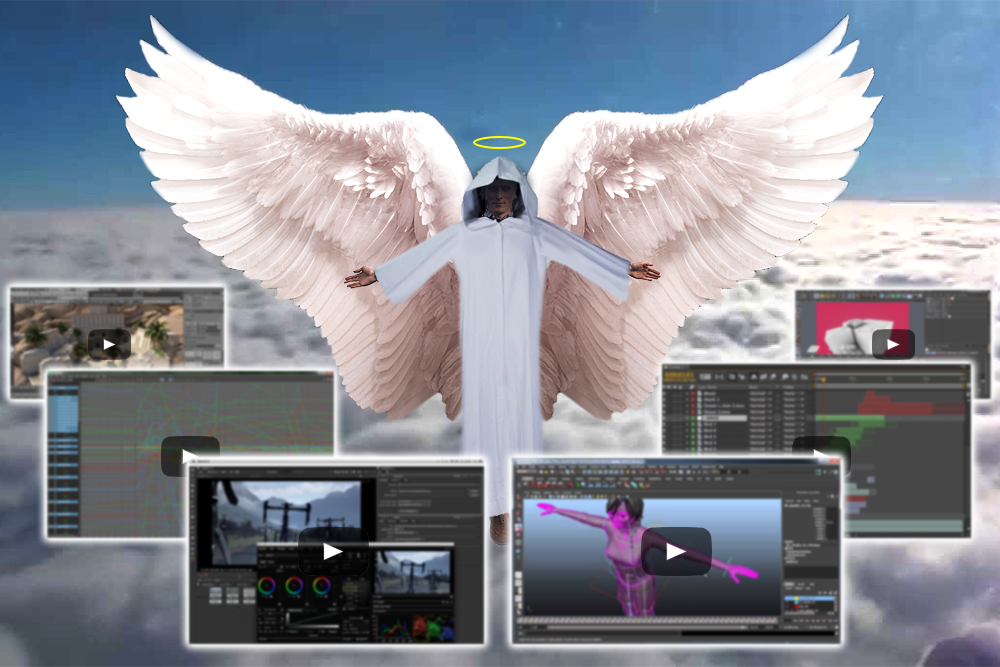


The experience moving between the timeline and nodegraph when using the monitor out is also much smoother. These additions will benefit artists working without a separate SDI out device as well as those who frequently use monitor out within the Nuke family.Īs well as the valuable enhancements for Nuke users, stability, reliability and usability have all been greatly improved in the Nuke Studio workflow. This work brings many exciting new features into Nuke, including independent output transform controls, and the floating window, a separate display that can be viewed without a monitor out card. We have extended the Monitor Out feature and unified the systems in Nuke and Nuke Studio, bringing a more stable and consistent experience across the Nuke family. Ability to load USD data into Nukes native Axis node and use a selected prim's position data to populate the Axis node knobs.Note:Only Point, Spot, and Directional lights are supported. Ability to load USD light data into Nukes native Light node.Ability to load USD camera data into Nukes native Camera node.The extensions to the nodes are open source so that pipelines can further extend and customize these nodes for their unique USD setup. This means if you’ve started using USD elsewhere in your pipeline, you can continue to use it to carry the data you need directly into Nuke without converting to a different format.Įach node includes UI and Scenegraph improvements to help with working with USD data, while still allowing artists to continue with familiar workflows. usd file via the relevant native 3D nodes in Nuke. Nuke 13.0 introduces the ability to load Camera, Light and Axis data from a. Increasing the number of samples improves the rendered output, but uses more OS resources and can affect performance. OIT Number of Samples controls the render quality when you have multiple overlapping semi-transparent objects in the 3D Viewer. You can also select whether or not to display lights, materials and shadows in the Hydra Viewer by toggling the relevant checkboxes. The Hydra Viewer is now the default 3D Viewer, but you can choose which Viewer to use in the Viewer Properties 3D > renderer dropdown.
NUKE 10 TUTORIAL YOUTUBE WINDOWS
Note:The Hydra Viewer is currently only available on Windows and Linux OS. Supporting hdStorm in Nuke’s Viewer ensures Nuke has a 3D Viewer consistent with other applications in your pipeline, such as Katana, Solaris, and USDView, as well as providing a 3D Viewer that more closely represents the output from ScanlineRender. Nuke 13.0 adds Hydra support to Nuke’s 3D Viewer, which utilizes hdStorm as a new viewport renderer.


Note:See the navigation bar on the left for links to specific release notes by version. This page provides an overview of the updates included in Nuke, Nuke Studio, and Hiero 13.0. What's New in Nuke, Nuke Studio and Hiero 13.0


 0 kommentar(er)
0 kommentar(er)
